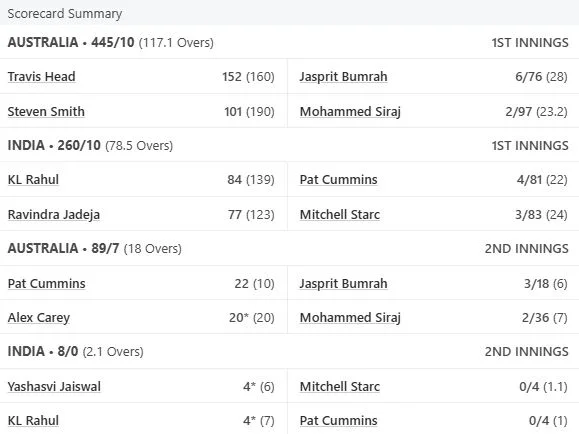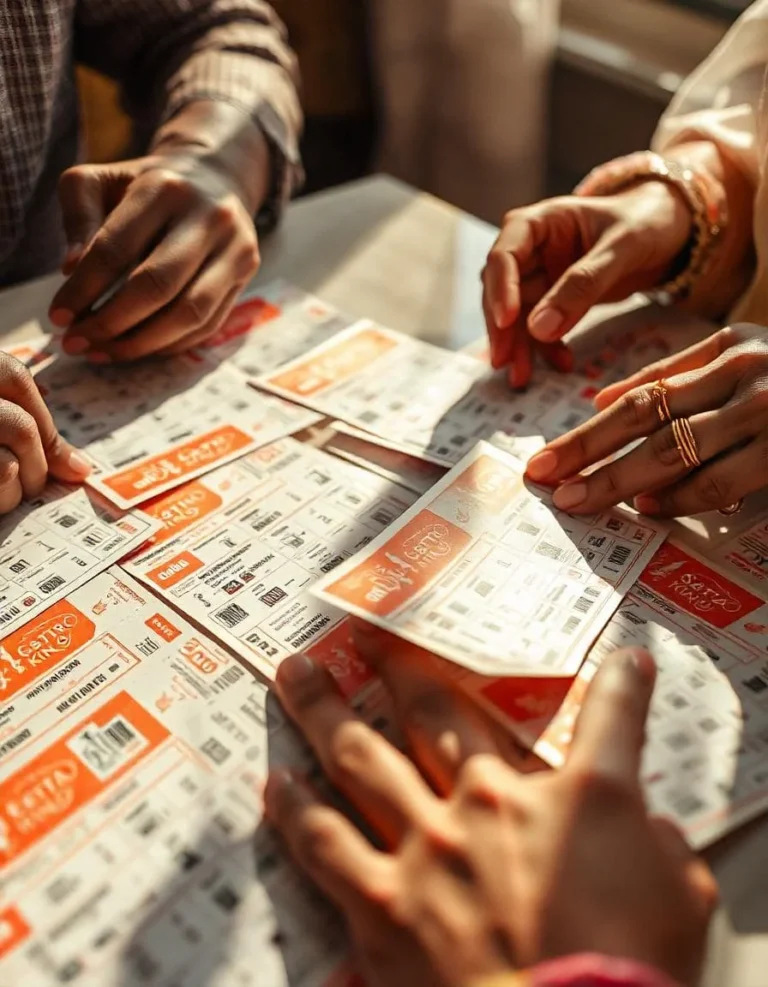
poker hand
Understanding poker hands rankings is a fundamental skill for anyone looking to excel at poker. Whether you’re a novice learning the ropes or an experienced player fine-tuning your strategy, knowing which hands outrank others is critical to your success. Poker hand rankings determine the winner in every round and form the backbone of every poker strategy. Let’s explore the nuances of poker hand rankings, how a standard deck works, the probabilities of various hands, and what beats what in this classic card game.
Understanding the Poker Deck
Poker is played with a standard 52-card deck, which consists of four suits: Hearts, Diamonds, Clubs, and Spades. Each suit includes 13 cards, ranked from high to low: Ace, King, Queen, Jack, 10, 9, 8, 7, 6, 5, 4, 3, and 2. While the suits hold equal value, the combinations formed with these cards determine the strength of your hand.
Poker Hands Ranked in Order (Best to Worst)
Here is the hierarchy of poker hands, ranked from the strongest to the weakest:
Royal Flush
The ultimate poker hand, consisting of five consecutive cards of the same suit: Ace, King, Queen, Jack, and 10.
Example: A♥ K♥ Q♥ J♥ 10♥
Straight Flush
Five cards in the same suit in a row, like 9♠ 8♠ 7♠ 6♠ 5♠.
Four of a Kind
Four cards of the same rank, like 4♦ 4♠ 4♣ 4♥ with an additional card, such as 9♠.
Full House
For example, Q♣ Q♦ Q♠ 7♥ 7♦, which consists of three cards of one rank and two cards of another.
Flush
Not in order, but five cards from the same suit.
Example: A♠ J♠ 8♠ 3♠ 2♠.
Straight
Five consecutive cards of mixed suits.
Example: 10♦ 9♣ 8♠ 7♥ 6♣.
Three of a Kind
Three cards of the same rank and two unconnected cards.
Example: 6♠ 6♣ 6♥ K♠ 9♣.
Two Pair
Two cards of the identical rank in two sets.
Example: J♦ J♠ 4♥ 4♣ 8♠.
One Pair
One pair of identically ranked cards
Example: 5♣ 5♠ 10♦ 8♥ K♣.
High Card
When no other hands are made, the highest card determines the rank.
Example: A♦ 7♠ 6♣ 4♥ 2♦.
Poker Hand Probability – Odds of Getting Each Hand
In poker, probability is just as important as skill. The approximate probabilities of receiving each hand are as follows:
- Royal Flush: 1 in 649,740
- Straight Flush: 1 in 72,193
- Four of a Kind: 1 in 4,165
- Full House: 1 in 694
- Flush: 1 in 509
- Straight: 1 in 255
- Three of a Kind: 1 in 47
- Two Pair: 1 in 21
- One Pair: 1 in 2.4
- High Card: 1 in 1
What Beats What in Poker?
To quickly determine the winning hand, use this simple hierarchy:
- Royal Flush beats all other hands.
- Straight Flush beats Four of a Kind.
- Four of a Kind beats a Full House.
- Full House beats a Flush.
- Flush beats a Straight.
- Straight beats Three of a Kind.
- Three of a Kind beats Two Pair.
- Two Pair beats One Pair.
- One Pair beats a High Card.
Tips for Mastering Poker Hands
Memorize the Rankings
The faster you recognize hand strengths, the better your decisions will be during gameplay.
Practice with Community Cards
In games like Texas Hold’em, focus on how your hole cards interact with the shared community cards.
Study Probabilities
Understanding the likelihood of specific hands can help you make better betting choices.
Anticipate Opponents’ Hands
Learn to predict your opponents’ possible hands based on their betting behavior.
Play Consistently
Consistent practice will sharpen your skills and improve your ability to assess hands quickly.
By mastering poker hand rankings, you’ll gain the confidence to navigate any game, from casual home games to high-stakes tournaments. Understanding what beats what, combined with strategic insights, is key to becoming a successful poker player.
Start honing your skills today, and let the cards fall in your favor






